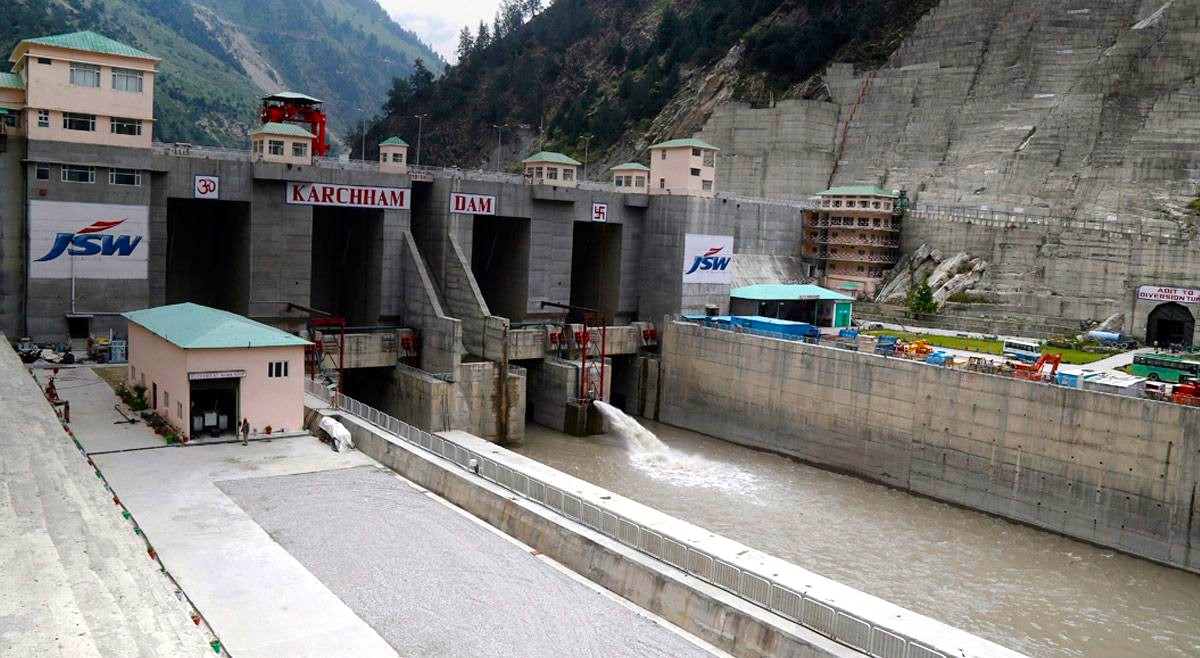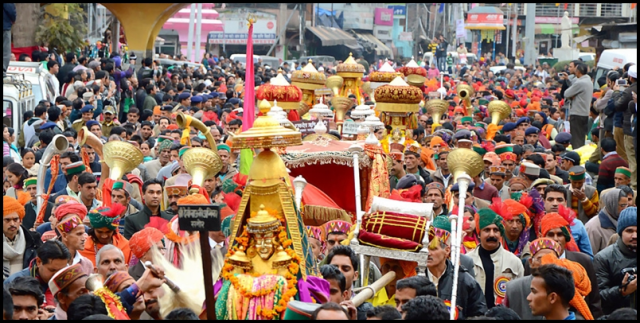The Kinnaur Kailash Yatra stands as one of the most spiritually significant and physically challenging pilgrimages in the Indian Himalayas. Located in the remote Kinnaur district of Himachal Pradesh, this sacred journey takes devotees to the base of the majestic Kinner Kailash peak, believed to be the abode of Lord Shiva and the mythical Kinnaras.
Rising to an elevation of 6,050 meters (19,850 ft) above sea level, Kinner Kailash is revered as one of the most sacred peaks in Hindu mythology. The mountain is believed to be the winter residence of Lord Shiva, where he meditates in the company of celestial beings known as Kinnaras. According to ancient scriptures and local legends, the peak changes its appearance throughout the day, appearing as different forms of the divine, making it a mystical experience for pilgrims who witness this natural phenomenon.
The yatra typically begins from Kalpa, the district headquarters of Kinnaur, and follows ancient trade routes that have been used for centuries by pilgrims, traders, and local communities. The journey covers approximately 60 kilometers of challenging terrain through some of the most remote and beautiful landscapes in the Himalayas. Pilgrims walks through alpine meadows, cross glacial streams, and navigate rocky terrain while being surrounded by towering peaks and pristine wilderness.
The pilgrimage season usually runs from mid-July to late August, coinciding with the brief window when weather conditions are relatively favorable and the high-altitude passes are accessible. The Himachal Pradesh government, in coordination with the Kinnaur district administration, organizes the annual yatra to ensure pilgrim safety and provide necessary facilities along the route. Registration is mandatory, and pilgrims must obtain proper permits before embarking on this sacred journey.
The trek involves multiple stages, with designated camping sites and rest points established by the administration. The first major stop is typically at Thangi village, where pilgrims acclimatize and prepare for the more challenging sections ahead. From Thangi, the route leads to Charang La pass at an altitude of 5,242 meters, which serves as the base camp for the final approach to Kinner Kailash. The high altitude and rugged terrain make this one of the most demanding pilgrimages in India, requiring good physical fitness and mental preparation.
Along the journey, pilgrims encounter breathtaking landscapes that include ancient Buddhist monasteries, traditional Kinnauri villages, apple orchards, and spectacular views of snow-capped peaks. The region is culturally unique, representing a blend of Hindu and Buddhist traditions that have coexisted for centuries. Local communities along the route, primarily Kinnauris, are known for their hospitality and deep spiritual connection to the mountains.
The yatra attracts thousands of devotees annually, including both domestic and international pilgrims seeking spiritual enlightenment and adventure. Many participants describe the journey as transformative, combining physical challenge with profound spiritual experience. The pristine mountain environment, away from modern distractions, provides an ideal setting for meditation and self-reflection.
Safety remains a primary concern for the district administration, given the challenging terrain and unpredictable weather conditions at high altitudes. Medical facilities, communication systems, and rescue operations are established along the route. Pilgrims are advised to undergo medical checkups before registration and carry appropriate gear for high-altitude trekking.
The economic impact of the yatra extends beyond spiritual significance, providing livelihood opportunities for local communities through tourism services, transportation, accommodation, and guide services. Many Kinnauri families participate in supporting the pilgrimage by providing ponies, porters, and local expertise essential for safe passage through the challenging terrain.

Weather conditions play a crucial role in the yatra’s success, and the administration closely monitors meteorological reports throughout the season. Heavy rainfall, snowfall, landslides, and visibility issues can lead to temporary suspensions or route modifications to ensure pilgrim safety. The recent suspension of the 2025 yatra due to adverse weather conditions demonstrates the administration’s commitment to prioritizing human life over religious activities.
Environmental conservation is increasingly becoming a focus area for yatra management, with efforts to minimize the ecological impact of thousands of pilgrims traversing through fragile mountain ecosystems. Waste management, campsite maintenance, and sustainable tourism practices are being implemented to preserve the pristine nature of this sacred landscape for future generations.
The spiritual rewards of completing the Kinnaur Kailash Yatra are considered immense by devotees, who believe that darshan of the sacred peak cleanses sins and grants divine blessings. The physical and mental challenges encountered during the journey are seen as tests of devotion and determination, with successful completion marking a significant spiritual achievement.
For those planning to undertake this sacred journey, proper preparation is essential. Physical fitness training, high-altitude acclimatization, appropriate gear, and mental preparation are crucial for a safe and meaningful pilgrimage experience. The yatra represents not just a religious obligation for many, but a profound journey of self-discovery amidst some of the world’s most spectacular mountain scenery.




